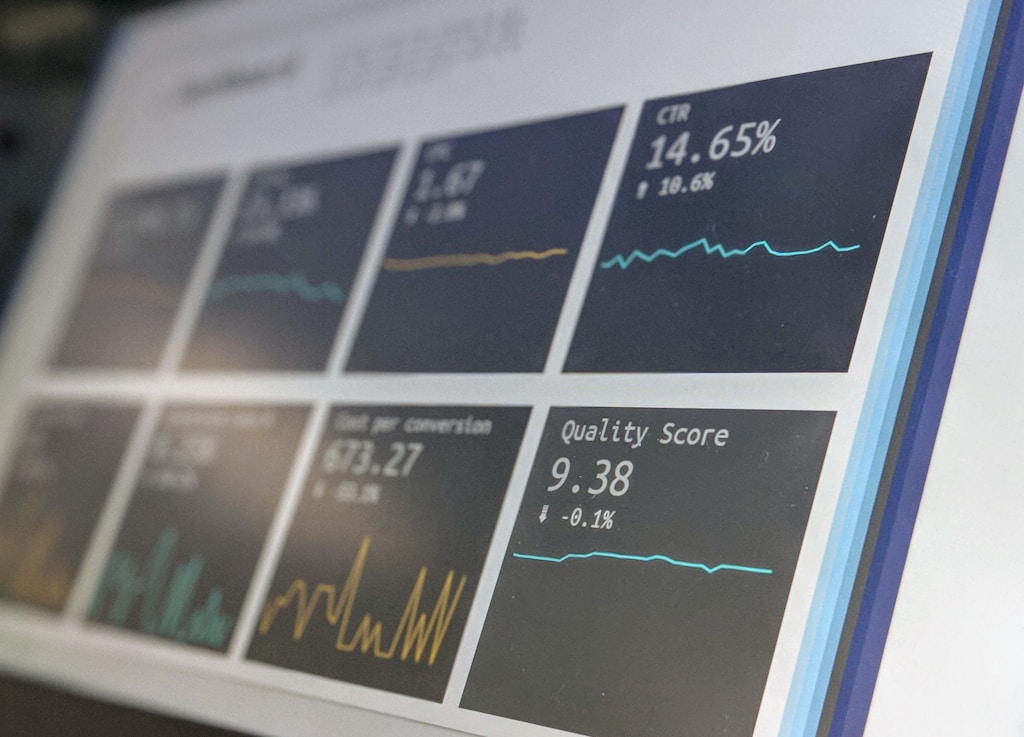As Bitcoin hovers near $82,000, a striking disparity in mining costs among major public mining companies has emerged, revealing significant operational differences that could reshape the mining landscape. Recent market volatility around the $80K level has put additional pressure on miners to optimize their operations.
Mining Cost Disparities Exposed
The latest analysis reveals that some mining companies are extracting Bitcoin at costs significantly below the network average, creating a competitive advantage in the current market environment. These cost efficiencies are primarily driven by:
- Access to cheaper power sources
- Advanced mining equipment deployment
- Strategic facility locations
- Operational optimization techniques
Market Impact and Profitability Analysis
With Bitcoin trading at $81,626, the varying cost structures among miners have created distinct profitability tiers within the industry. Some operators are achieving production costs as low as 30% of the current market price, while others struggle to maintain profitability above break-even levels.
Power Costs: The Critical Factor
Energy expenses remain the primary determinant of mining profitability. Industry experts highlight several key considerations:
- Regional electricity rate variations
- Renewable energy integration benefits
- Power purchase agreement structures
- Grid stability and reliability factors
Future Implications for Mining Industry
The current cost disparity could lead to significant industry consolidation, with more efficient operators potentially acquiring struggling competitors. This trend might accelerate following the upcoming Bitcoin halving event.
Expert Outlook
Industry analysts predict that this efficiency gap could lead to a more concentrated mining sector, with well-capitalized and efficiently operated firms gaining market share. The trend toward sustainable and cost-effective mining operations is expected to accelerate through 2025.
Source: Bitcoin.com
